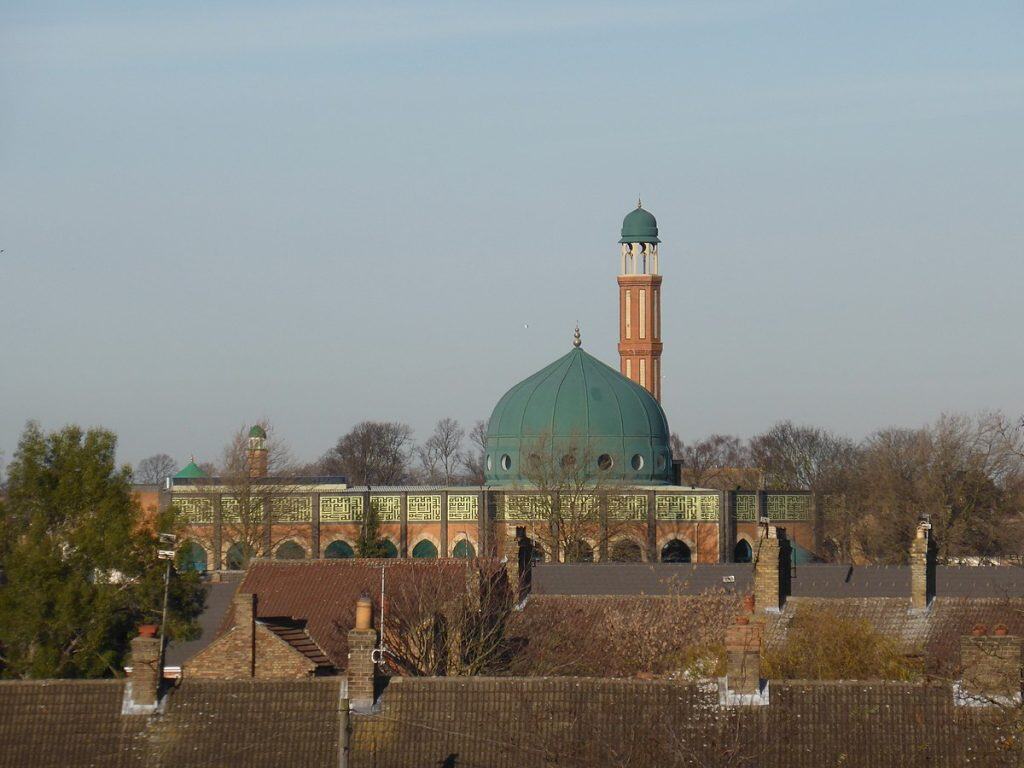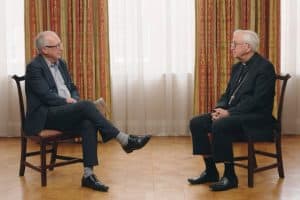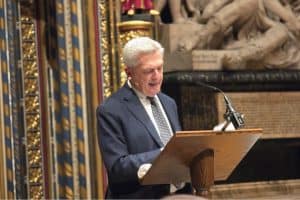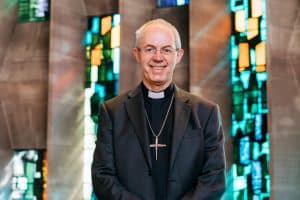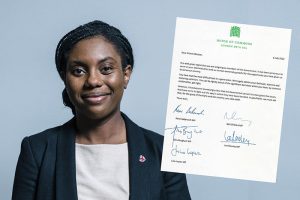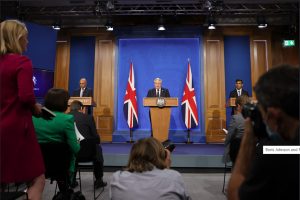By Maira Butt
Uproar broke out this week as Manchester Islamic Centre advertised for a Sharia administrator via the Department for Work and Pension’s find a job website.
Speculation swirled that the role was government-funded. Nigel Farage, leader of Reform UK, said: “Our country and its values are being destroyed.”
The centre, also known as Didsbury Mosque, was forced to issue a statement clarifying that it was privately funded through community donations and that right-wing advocates had “maliciously misinformed the public to incite hate and for political gain or out of ignorance”. The advert was removed from the website.
For the record, some but not all British mosques have Sharia councils where religious leaders, trained in their faith tradition, arbitrate and mediate on disputes within the community to resolve conflict, and they sit within the British legal system.
The debacle outlined the suspicion and hostility surrounding the operations of Muslim places of worship. During the Southport riots in the summer of 2024, mosques were often the first places to be targeted, with some worshippers being forced to barricade themselves inside the buildings to protect themselves.
Mosques in Britain report
Hostility towards Muslim communities was the impetus behind a report by the Ayaan Institute, Mosques in Britain: A Landmark Study of Faith Infrastructure, published this summer, which hopes to bring transparency to the assets, finances, and representation of mosques across the UK.
The report finds that the asset value of the UK’s mosques is £1.5 billion. Furthermore, the institutions make up only 4 per cent of Britain’s places of worship, in contrast to the 6.5 per cent of Muslims across the population.
The director of Ayaan Institute and the report’s lead author, Jahangir Mohammed, said there has been a lack of reliable data on the scale of mosques in Britain — including their number, congregation size and financial status.
He told the Religion Media Centre: “There are a lot of myths being thrown around about mosques taking over churches and so on. So we wanted to address that and map the size of the sector and get some accurate figures.”
The process was laborious. It took Mr Mohammed, and co-authors Beatrice Bianchi and Umar Hussain, between 18 months and two years to complete.
They used:
- Charity Commission data
- Individual annual reports for mosques registered as charities
- Office for National Statistics figures on places of worship
- Figures from the Muslims in Britain directory of mosques
- Government data, phone calls, local research … and a lot of cross-referencing
When this was collated, they were able to provide what may be a surprising overview of the landscape of Islamic places of worship in Britain.
Number of mosques
“Contrary to far-right and media narratives, mosques make up just 4 per cent of all UK places of worship, while churches account for 89 per cent,” the report finds, challenging the idea of a “mosque takeover”.
“With Muslims constituting 6.5 per cent of the UK population, mosques are under-represented, not over-represented.”
Britain has an estimated 1,884 mosques and the report was able to identify 62.5 per cent of them — 1,179 — because they are registered charities. That, said Mr Mohammed, “countered the narrative that they operate outside of the law”.
Most of the mosques analysed were small-scale volunteer-led organisations, with 86 per cent of the charity mosque workforce, volunteers. A total of 20,420 people were involved: 6,337 trustees, 11,269 volunteers, and 2,814 employees.
The Ayaan Institute estimates the value of the time volunteers give to be £54.87 million.
Activities
Core activities undertaken by the mosques are similar to other places of worship: daily prayers, children’s education and funeral and marriage services. Larger mosques offer a more advanced service, including youth programmes, community and interfaith engagement, refugee support, food banks, counselling and public outreach.
Some of the largest and most prominent mosques will sometimes host national events and conduct humanitarian aid overseas.
Finance & £1.5 billion asset value
Less than 2 per cent of total mosque income comes from the government, with the vast majority being raised in the community, the report says. And the mosques are extremely careful with how it is spent. “In contrast to [some] charities, which have received criticism … for spending on administration and fundraising costs, mosques are very frugal,” Mr Mohammed said.
“They’re very conscious that the money is for prayers and donations. We didn’t find many that had gone over budget. They’re not very wasteful with resources at all. They tend to stay within their budgets. It’s a good attitude but equally it needs to be balanced with employing administrators.”
Many mosques are recording outstanding growth in revenue and income. Others are sitting on prime property. The report concluded that the asset value of Britain’s mosques at a conservative estimate is £1.5 billion, probably nearer £2 billion.
“The asset value is probably an underestimate because accountants tend to write down the same figure over the years,” Mr Mohammed said. “Regent’s Park Mosque is prime central London space and it’s valued at only £7 million on their accounts.”
The report projected that the mosques brought in an annual income of £450 million, with a projected expenditure of £343 million. Over the Covid period between 2020 and 2023 their income was £943 million, an estimated 39 per cent increase.
Among the biggest institutions were some surprising names, including Faizan-e-Madina in Bradford, which brought in £16.96 million, followed by the UK Islamic Mission (UKIM), based in London, with £13.56 million.
UKIM has assets of £49.3 million, accounted for by the 40 or so subsidiary mosques that operate under its umbrella. Faizan-e-Madina has an estimated 600 employees; East London Mosque has 142.
Regional & security challenges
Regional disparities were prevalent. Areas with smaller Muslim populations predictably showed fewer mosques with significantly lower resources, but sometimes facing the most intense of challenges (as was demonstrated at Southport and Newcastle during the riots). This is particularly of significance with Islamophobic attacks at a record high, and far-right sentiments especially focused on Muslim places of worship, Mr Mohammed suggested.
The report concluded: “The Muslim community has built a robust physical infrastructure, with some impressive institutions and great voluntary effort and generosity in giving.” However, it noted: “Investment in people has lagged behind investment in buildings.”
Since the Didsbury advert, right-wing groups have called for demonstrations outside the mosque, which can hold up to 1,000 worshippers. “Security is a big issue for all mosques and dealing with hostile coverage in the media as well as physical threats,” Mr Mohammed said, referring to attacks on mosques including a man convicted of releasing rats near the Grand Mosque in Sheffield.
“We need to understand that the mosques are the most visible sign of Islam in Britain and therefore they can be the most prominent target.”
Next steps
The Ayaan Institute hopes the report will advise policy makers, community leaders and researchers. It makes a series of recommendations suggesting:
- Shifting a focus from investment in construction to becoming more professional
- Developing more skilled human resources such as imams, educators and administrators
- Enhancing transparency, governance, and community engagement
- And encouraging collaboration and knowledge-sharing among mosques to address common challenges

